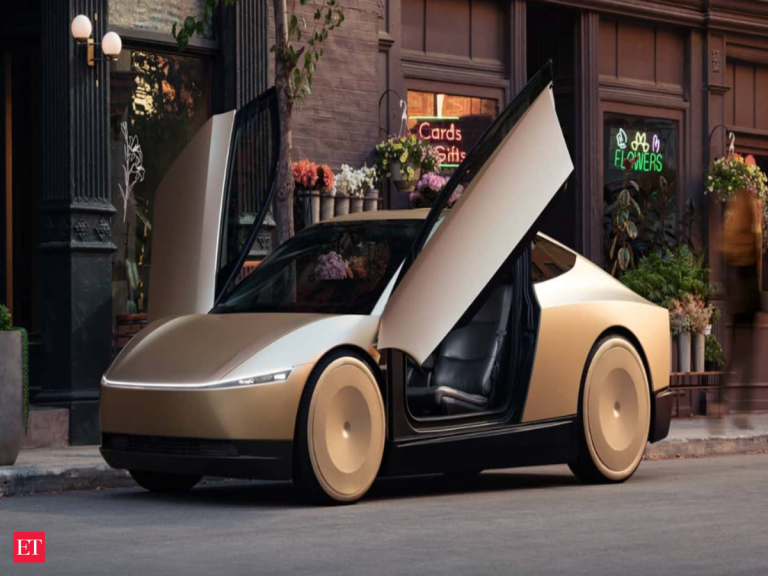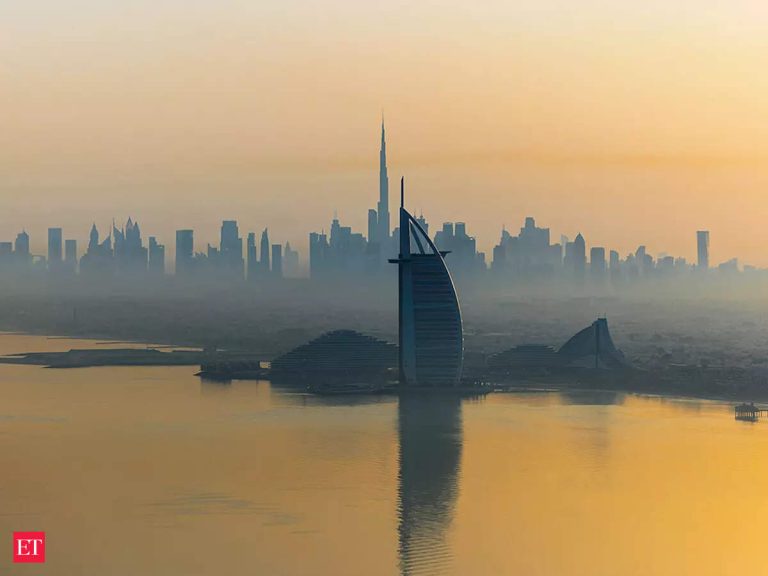Urban Green Spaces: The Future of Outdoor Living in European Cities by 2025
Introduction to Urban Green Spaces
Urban Green Spaces are becoming increasingly important in European cities as they provide a range of benefits for both the environment and the people living in these cities. Urban Green Spaces are areas of greenery, such as parks, gardens, and green roofs, that are integrated into the urban landscape. These spaces are crucial for mitigating the effects of urbanization, such as air pollution, heat islands, and lack of biodiversity.
The Benefits of Urban Green Spaces
The benefits of Urban Green Spaces are numerous and well-documented. Some of the most significant advantages include:
- Improved air quality: Urban Green Spaces help to absorb pollutants and particulate matter from the air, improving the overall air quality in cities.
- Reduced urban heat island effect: Green spaces can help to cool the air through evapotranspiration, reducing the urban heat island effect and making cities more comfortable to live in.
- Increased biodiversity: Urban Green Spaces provide habitats for a range of plant and animal species, helping to increase biodiversity in cities.
- Improved mental health: Spending time in nature has been shown to have a positive impact on mental health, reducing stress and anxiety.
European Cities Leading the Way
Many European cities are leading the way in terms of Urban Green Spaces, with some cities having as much as 40% of their area dedicated to green spaces. Some examples of cities that are exceling in this area include:
- Stockholm, Sweden: Stockholm has a range of Urban Green Spaces, including the Royal National City Park, which is one of the largest urban parks in the world.
- Copenhagen, Denmark: Copenhagen has a goal of being carbon neutral by 2025 and is using Urban Green Spaces as a key part of this strategy.
- Barcelona, Spain: Barcelona has a range of Urban Green Spaces, including the famous Park Güell, which is a popular tourist destination.
Conclusion
In conclusion, Urban Green Spaces are a crucial part of the future of outdoor living in European cities. These spaces provide a range of benefits, from improved air quality to increased biodiversity, and are becoming increasingly important as cities continue to urbanize. By 2025, it is likely that Urban Green Spaces will play an even more significant role in shaping the future of outdoor living in European cities.






